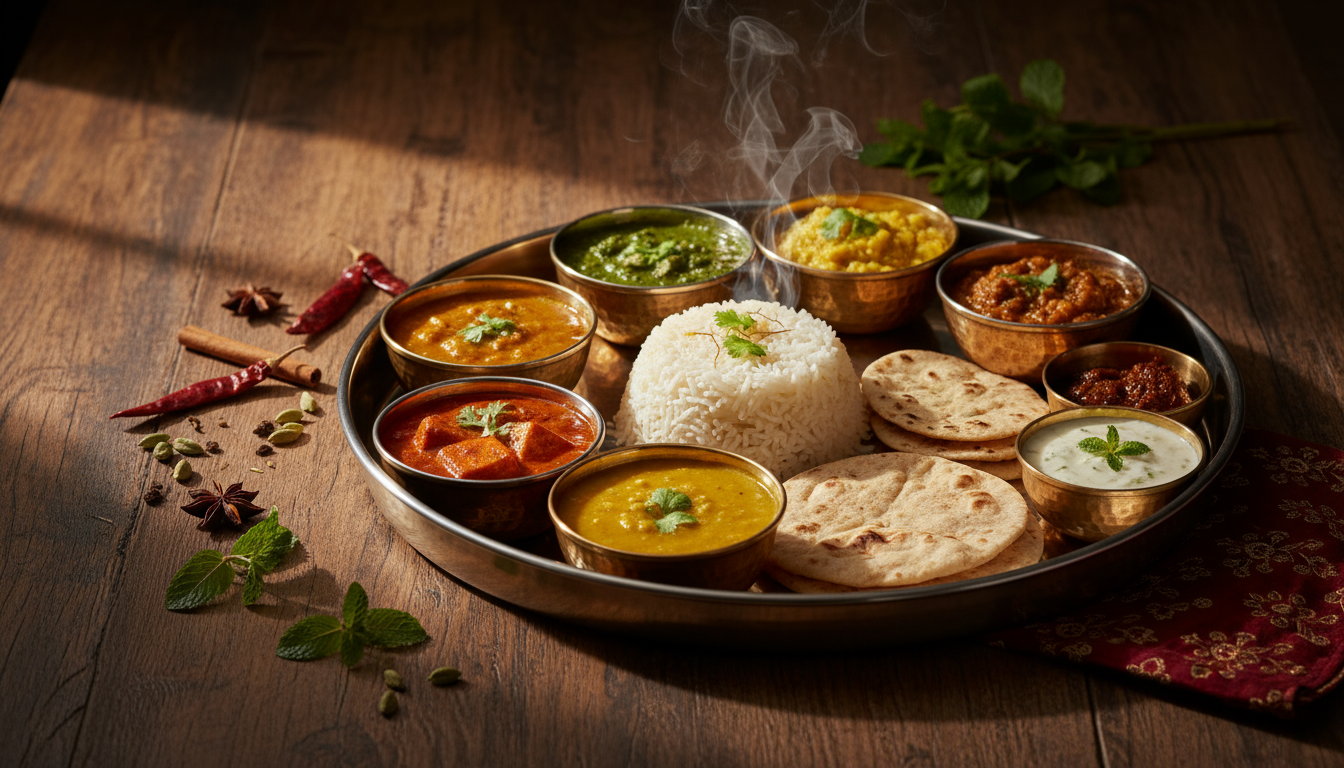Wednesday, 12 November 2025

The Indian household plate saw a welcome dip in October as Crisil’s monthly indicator of food plate cost reported a significant decline in the expense of preparing both vegetarian and non-vegetarian thalis at home. The index, which captures the change in average thali cost based on consumer prices across the North, South, East and West of India, shows the real-time impact of food inflation—or relief—on the common man’s daily expenditure. According to the latest findings, the cost of cooking a vegetarian thali at home was lower by 17 per cent compared with last year, while the non-vegetarian thali saw a 12 per cent annual moderation, largely driven by a steep reduction in vegetable and pulse prices.
A surge in supply from recent harvest cycles helped slash input costs. Tomato prices declined sharply due to higher market arrivals from the western and southern regions, while potato prices softened against a high base, supported by a 3–4 per cent rise in production during the last Rabi season. Onion prices plummeted by 51 per cent on-year thanks to higher availability of rabi stock and subdued exports, with traders offloading inventories ahead of fresh Kharif arrivals expected from November. The easing extended to pulses as well, with a 17 per cent price drop propelled by a nine-fold rise in Bengal gram imports, alongside strong import momentum in yellow pea and black gram.
However, inflationary pressures still lurked in parts of the plate. Edible oil prices rose 11 per cent on-year amid festive season demand, while the 6 per cent increase in domestic liquefied petroleum gas (LPG) prices limited what could have been a deeper decline in overall thali cost. The non-vegetarian thali benefited less from the softness in vegetables and pulses as broiler chicken prices dipped only a moderate ~6 per cent on-year; given that broilers account for nearly half the non-veg thali’s cost structure, the relief was relatively muted.
Month-on-month trends presented a slimmer margin of comfort, with veg thali prices down just 1 per cent and non-veg thali ~3 per cent in October. The marginal easing reflected softening onion and tomato prices—down 3 per cent and 8 per cent, respectively—while most other key ingredients remained steady. A 4 per cent reduction in broiler prices, driven by oversupply, aided the lower non-veg cost sequentially.

“In October, the cost of vegetarian and non-vegetarian thalis declined 17 per cent and 12 per cent, respectively, on-year as vegetables and pulses turned cheaper. Prices of tomato eased because of higher arrivals from the western and southern markets, while those of potato softened on a high base. Onion prices fell owing to an increase in supply of stock from rabi season 2024-25, ahead of the kharif crop arrivals in the market from November. Pulses saw price corrections as well, supported by an increase in imports of Bengal gram, yellow pea and black gram.
In the medium term, onion prices could see a moderate rise, as excess rainfall in August and September in key producer states such as Karnataka and Maharashtra has delayed Kharif transplantation and raised yield concerns. Potato prices are expected to remain firm in November because of low supplies of the early Rabi crop, but may ease after cold storages release their stocks by mid-December. Tomato prices are likely to stay soft amid continued Kharif arrivals. Prices of pulses may inch up in the near term, reflecting the impact of excess rainfall on Kharif yields and the recent imposition of a 30 per cent import duty on yellow pea. Should the government extend the import duties to other pulses, prices could witness a steeper rise ,” said Pushan Sharma, Director, Crisil Intelligence.
Looking ahead, early signals suggest some ingredients may rebound. Onion prices could see a moderate rise due to delayed kharif transplantation and yield concerns following excessive monsoon rains in Karnataka and Maharashtra. Potato prices are expected to firm up in November amid tight early rabi supplies but could cool after cold storage stocks start hitting markets by mid-December. Tomato prices are likely to remain soft with steady kharif arrivals, while pulses may inch upward as rainfall-linked crop impacts materialize and following the recent imposition of a 30 per cent import duty on yellow pea. If duties extend to other major pulses, a sharper price climb may follow—threatening to reheat the household plate.
Crisil’s food plate tracker continues to offer a vital lens into inflation dynamics that households experience first-hand. For now, Indian kitchens have been granted a brief reprieve—though weather risks, import policies, and festival-driven demand ensure that the landscape for food affordability will remain dynamic in the months ahead.